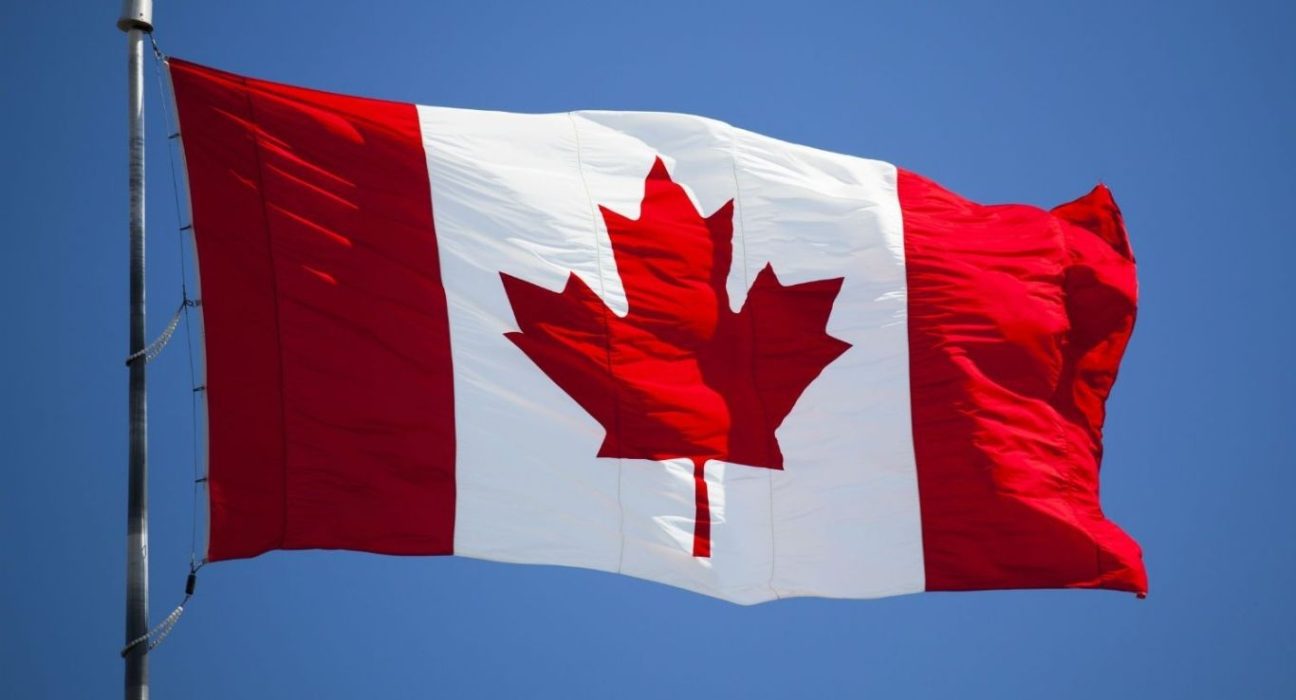\The Canadian inflation rate has been a cause of concern for the country’s central bank, the Bank of Canada (BoC). While the inflation rate has cooled down in recent months, the relief has mainly come from lower energy prices, which are volatile components and not considered for making policy decisions.
According to a recent Reuters survey, the median forecast of seven economists showed that Canadian inflation, excluding food and energy costs, is expected to remain above 3% until the fourth quarter of this year. This high rate of inflation could delay the Bank of Canada’s shift to cutting interest rates, which had been hoped for by many.
Inflation in Canada has been on the rise since the COVID-19 pandemic hit the world economy. The rise in inflation was due to supply chain disruptions, higher input costs, and increased demand for goods and services as economies started to reopen. However, the persistence of inflation, especially in core or underlying inflation, has caused concern.
Core inflation is a measure of inflation that excludes the prices of volatile components, such as food and energy. This measure of inflation is widely tracked by economists as it provides a better understanding of the long-term trend of inflation. The core inflation rate in Canada has been on the rise, indicating that the price pressures have spread from goods into slower-moving items, such as wages and services.
The persistence of core inflation in Canada is concerning as it suggests that the higher prices are here to stay. This could result in a wage-price spiral, where higher prices lead to higher wages, which, in turn, lead to higher prices. The BoC has been closely monitoring the inflation rate and has hinted at a shift towards cutting interest rates if the inflation rate remains high.
However, the delay in cutting interest rates could result in a slower economic recovery for Canada. The high inflation rate, coupled with a delay in interest rate cuts, could result in higher borrowing costs for businesses and consumers, which could lead to a decrease in spending and investment.
In conclusion, the Canadian inflation rate, excluding food and energy costs, is expected to remain high, delaying the Bank of Canada’s shift to cutting interest rates. The persistence of inflation, especially in core inflation, is concerning as it suggests that the higher prices are here to stay. The delay in interest rate cuts could result in a slower economic recovery for Canada, highlighting the need for swift action by the BoC.










